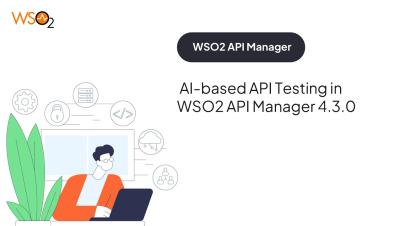Top OpenAPI Tools for Efficient API Documentation and Development
Application programming interfaces (APIs) power numerous applications and services. In today’s fast-paced digital landscape, seamlessly accessing digital services across devices and platforms have become the defining trait of modern software systems. APIs also play an important role in defining this connectivity. When you begin developing an API, you may not pay much attention to API documentation or the development tools you employ.











